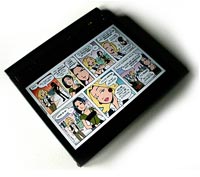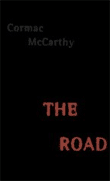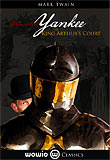I played with the iPhone for an extended period yesterday, and it delivered the revolutionary, eye-popping experience that everyone has described. It’s clear that this is the future — not just for mobile phones, but for handheld devices of all types, tablet PCs and perhaps other categories of devices we haven’t yet envisioned.
I took a look at the same ebooks that I posted previously to see how they behaved in real life. The one thing the photographs can’t convey is the extraordinary sharpness, brilliant color and overall quality of the display. Even when the PDFs were reduced to fit the full page on the screen, the text was actually still readable, though at such a tiny size that it was necessary to magnify the page to be comfortable. The pages rendered more beautifully than they do on my MacBook Pro with its high-quality screen.
As I noted in the earlier post, the iPhone has some serious (but very correctable) shortcomings in its PDF and file handling. But even given those limitations, the iPhone is still surprisingly usable for certain kinds of content.
The comic book Lullaby was very readable through the phone’s mail app, given its highly graphical nature and short length. Moving with light finger motions from panel to panel felt comfortable and natural.
The Avant-Guide Las Vegas also worked reasonably well as a reference guide where I might look up short bits of content, though navigating to specific material within the book would be a problem given the limited navigation tools.
The promise here is very real. My previous speculation (based solely on word-of-mouth and a few still photos) is confirmed — a few software updates could make the iPhone (and its offspring, especially the ones that evolve a larger display) the killer devices in the ebook world.
I’ll continue to experiment with the iPhone and I’ll post more thoughts and perhaps a video or two here. Stayed tuned!
Related Posts
iPhones and eBooks: The Video
iPhone Reader: The Long Sessions

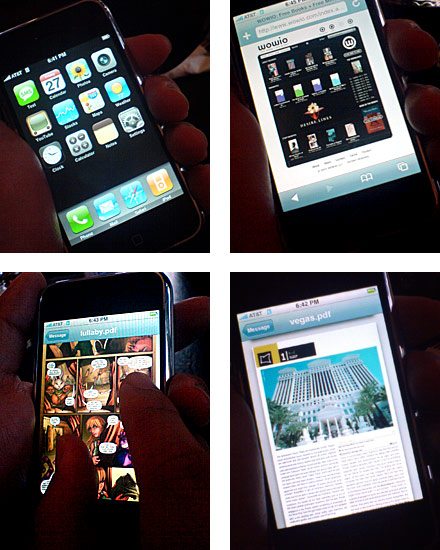
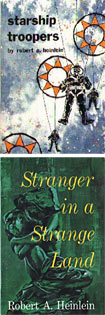 Robert Heinlein influenced me deeply. In ways I won’t ever fully know. I read Starship Troopers when I was nine, and it was the title that set fully ablaze an already-smouldering early love for the written word. Whatever else might be said about its political or cultural overtones, it remains a smashing, action-packed story that grabbed a hold of my young imagination and never really let go.
Robert Heinlein influenced me deeply. In ways I won’t ever fully know. I read Starship Troopers when I was nine, and it was the title that set fully ablaze an already-smouldering early love for the written word. Whatever else might be said about its political or cultural overtones, it remains a smashing, action-packed story that grabbed a hold of my young imagination and never really let go. 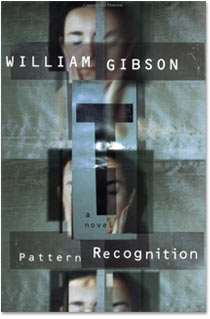

 Yesterday, I talked a little about the
Yesterday, I talked a little about the 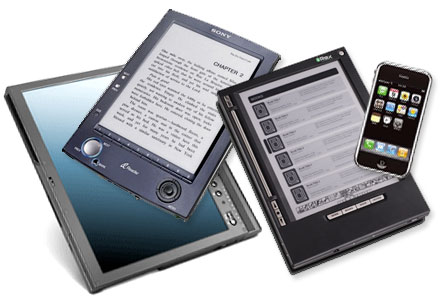
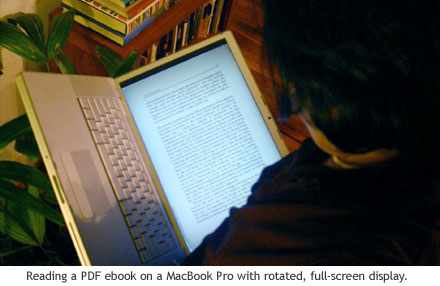
 I spent part of yesterday reading one of the more obscure (yet fascinating) examples of written works on the
I spent part of yesterday reading one of the more obscure (yet fascinating) examples of written works on the 

